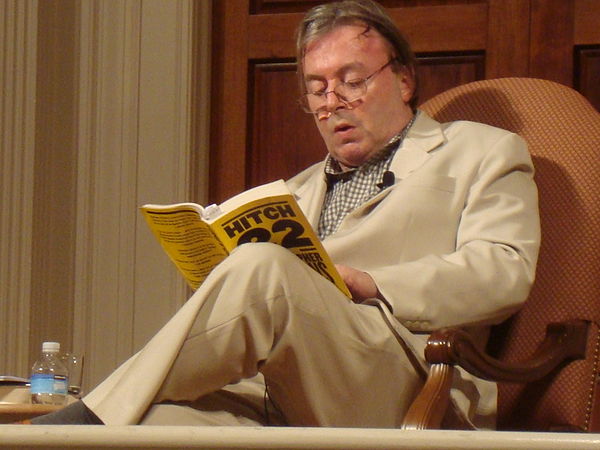“Fortress Europe” has been and still is a nasty term. In the Second World War, Francesco Tava notes, it was used by British and Germans alike but for very different propaganda purposes. For the British, it was an RAF boast (“Fortress Europe has no roof”), referring especially to the bombing of Dortmund on the night of 23-24 May 1943 when 2,000 tons of bombs were dropped, killing about 15,000 people. That fortress was a military target. For the Nazis, Festung Europa was used to reassure the German population after the failed campaign in Russia with a promise that any invasion of Nazi-held Europe would be thwarted by an impenetrable shield of defences, especially the “Atlantic Wall”, a gigantic system of fortifications, barriers, and warning systems. This time, the fortress was protection.
The insider-outsider idea of Festung is alive and well, hailed by members of Germany’s far-right AfD party and supported by Hungary’s Viktor Orbán and Austria’s Sebastian Kurz. But the Festung isn’t just a project of ranting extremists. Europe’s liberal states are busy building a fortress to make Hitler’s Atlantic Wall look like a kiddies’ play park and, instead of warding off armed attacks, it’s “protecting” Europe from the world’s most vulnerable people. Last November, the Polish government approved a €350m wall with advanced cameras and motion sensors and, around the continent, migrant- and refugee-deterring technology includes air surveillance, sensors, cameras (radars, thermal cameras, and “heartbeat detectors”), walls, deadly fences, surveillance centres, drones (made by Israeli arms companies and well tested in the Gaza Strip), AI lie detectors, a sound cannon (Greece) blasting 162 decibels at the “barbarians” at the gate. The EU’s border force, Frontex, and member states with EU grants (including from Horizon 2020, which encourages “innovation”) are paying for it all. It’s a bonanza for arms companies, to the tune of some €128 billion.
To read this article, log in
here or subscribe
here.
In order to read CP+ articles, your web browser must be set to accept cookies.
More
The post Fortress Against The Defenceless appeared first on CounterPunch.org.
This post was originally published on CounterPunch.org.
















